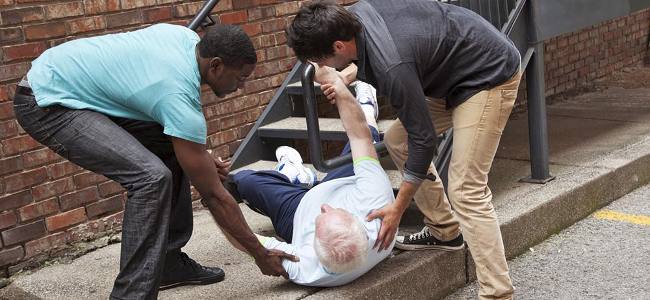
Musculo-skeletal pain: what it is and how to intervene
Musculo-skeletal pain: pain in the bones, affecting the joints but also tendons and ligaments, or muscles. Pain in the neck, the muscles of the spine and back, the knees, to name but a few
Widespread pain, which has affected us at least once in our lives, at different ages, and which often cannot be explained. In some cases it goes away after a short time, in others it becomes chronic, affecting daily life and even the mood.
Musculoskeletal pain: how to choose the right specialist?
Very often, patients are confused when faced with skeletal and muscular pain: there are different figures and specialists dealing with it, but obviously with different functions and skills.
Choosing the right specialist for our pathology is the first step towards the right diagnosis and treatment.
The physiatrist is the rehabilitation specialist who deals with the functional recovery of patients.
This rehabilitation involves various fields: in addition to orthopaedics, neurology and cardiorespiratory medicine.
It is a large team effort involving synergy and different professional skills so that each one plays his part to the best of his ability for the patient’s recovery.
The orthopaedist, on the other hand, is a surgeon, so his approach and expertise are geared towards surgery, which in some cases and for some pathologies is indispensable, but in the majority of skeletal-muscular pain it is not, and the treatment on which one can focus is conservative.
Muscle pain and joint pain: the differences
Muscle pain can be due to various causes: injury, trauma, intense exercise, strenuous work or poor posture.
It is manifested by a generally widespread pain involving the muscles and if due to excessive strain or too heavy exercise it tends to disappear in a few days.
Joint pain is typically felt when loading the joint, in a very localised way and is felt not only during exercise and movement but also at rest.
In some cases joint and muscle pain can also be related to the climate, because our organism reacts differently to external temperatures: usually the rheumatic patient has a hypersensitivity of the locomotor apparatus, i.e. on bones and ligaments, and feels the pain more.
For these patients, it would be sufficient to stay in a warm and dry climate.
Is it better to use heat or cold to relieve musculo-skeletal pain?
Ice is recommended in cases of bone trauma but it must be used consciously: ice should be used in the acute phase of pain for about 6-7 days, 20 minutes two or three times a day.
It is important that the skin is not in direct contact with the frozen part, but protected by a cloth.
If used for too long and directly on the skin, there is a risk of skin stains or even burns.
Heat, on the other hand, is indicated in the case of muscular pain, even chronic pain, because it relaxes the muscles and helps to relax, also modifying the perception of pain: an example is a good hot shower, the heat of the radiator, the hot water bottle up to the heating patches that act by spreading heat in a localised way where they are applied.
When pain becomes chronic
When joint or muscle pain becomes prolonged over time it is very important to consult a specialist: chronic pain affects not only the body, but also the mind by involving the emotional and mood spheres: the brain is in fact constantly on the alert and receives continuous ‘pain’ and ‘negative’ impulses from the nervous system.
The advice is to use, on medical prescription, products to try to stop the constant pain otherwise you enter a negative loop which is also dangerous from a behavioural and emotional point of view.
Since it is not possible to take painkillers, fans or corticosteroids for too long, there are products such as hyaluronic acid, glucosamine, chondroitin and other substances which have a protective effect: these are substances already present in our bodies which actually help to reduce pain and prevent the brain from registering this condition as constant.
In addition, moderate, gradual and controlled exercise, such as stretching, cycling, treadmills, walking – all low-impact aerobic activities that stimulate the body’s musculoskeletal and cardiovascular systems – is essential for both chronic pain sufferers and hardened sedentary people who experience pain due to muscle ‘weakness’ and inactivity.
Do plasters work?
For muscular and skeletal pain there are two types of plaster: those with heat only have the function of warming, while medicated plasters have an anti-inflammatory or analgesic inside, which only penetrates the affected area and acts in a localised way.
Obviously, it does not work miracles because the ability to penetrate subcutaneously is modest.
It is a low-impact action compared with a product taken by mouth or via the muscles.
Read Also:
Pain In The Sole Of The Foot: It Could Be Metatarsalgia
Pain And Tingling In The Hands, Symptoms Of Which Disorders?
Managing And Relieving Pain: The Role Of Analgesic Therapy


